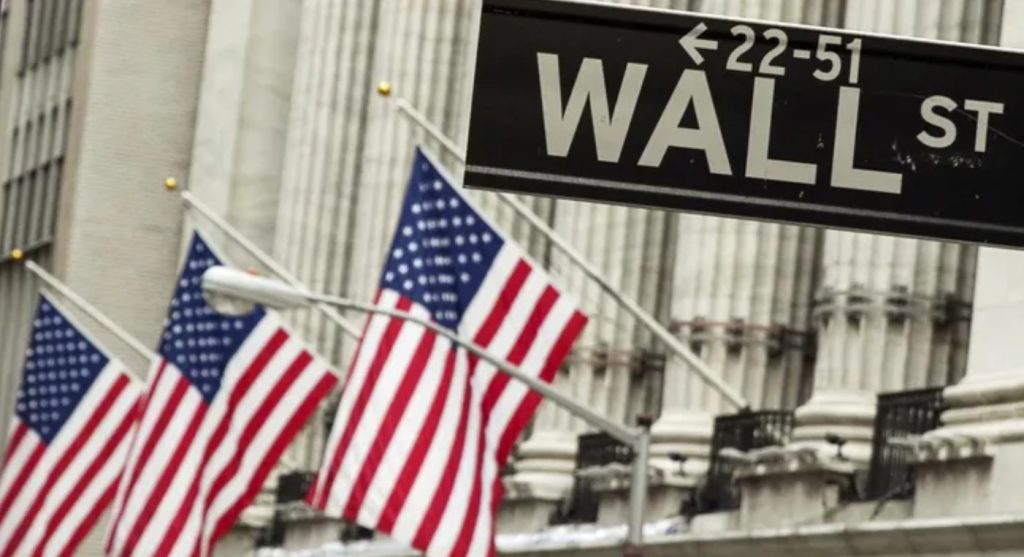
Investors rounded out the month with a basket of red flags on the economy, yet all three of the major market averages posted the best month since 2020, taking inflation and recession confirmation in stride.
For the S&P 500, the broadest measure of stocks, investors would need to go back to 1939 to see a similar July performance. Overall, the benchmark rose 9.1% during the month, the largest percentage and point gain since November 2020, according to Dow Jones Market Data Group.
And it may continue to climb, according to Fundstrat Global Advisors managing director Mark Newton, who forecasts a 4,000 to 4,200 target by mid-September, yet he cautions he may come without some pullbacks.
“The first part of August historically has been negative, and a lot of cycles show that markets should consolidate a bit over the next couple of weeks. For investors that are just waking up to this rally, I don’t think this is the ideal spot to position new money” he advised.
For the tech-heavy Nasdaq Composite, the month was the best performance on record, as tracked by Dow Jones Market Data Group, rising 12.3% for the largest percentage gain since April 2020 — fueled by better-than-expected results from Microsoft, Amazon and Apple, as well as falling Treasury yields with the 10-year settling at 2.642% on Friday.
These marquee companies helped overshadow the dismal economic news. Investors were hit with the confirmation of a U.S. recession after second quarter GDP contracted by 0.9%, the second consecutive negative reading. This followed a 75-basis point rate hike by the Federal Reserve to tame red-hot inflation, which remains stubbornly high. And on Friday, the Fed’s preferred inflation gauge rose 6.8% on an annual basis, a fresh 40-year high. If you strip out volatile food and energy, the rise was 4.8%, as reported by the Commerce Department.
“I cannot understand a stock market going up as there is clearly a growth slowdown and probably a recession, and that Fed statement on Wednesday was about as hawkish as any could expect. I have never heard a hawkish Fed and declining economy being good for stocks,” former National Economic Council director Larry Lindsey told FOX Business’ Larry Kudlow.
As for the Dow Jones Industrial Average, on Friday it came within spitting distance of exiting the bear market that it entered back in March. For July, the Dow added 6.7%, the largest point and percentage gain since November 2020. To officially exit its bear market, the average needs to close at or above 32,877.66, as tracked by Dow Jones Market Data Group.
While its true second-quarter earnings have been strong overall with 73% of companies reporting positive profit numbers and 66% positive revenue, targets for the third quarter are coming down, according to FactSet’s senior earnings analyst John Butters.
“During the month of July, analysts lowered EPS estimates for the third quarter by a larger margin than average,” he wrote in his latest research report. “The market will certainly be watching EPS estimate revisions over the next few weeks to see if analysts continue to lower EPS estimates” for full-year 2022 and 2023 he added.